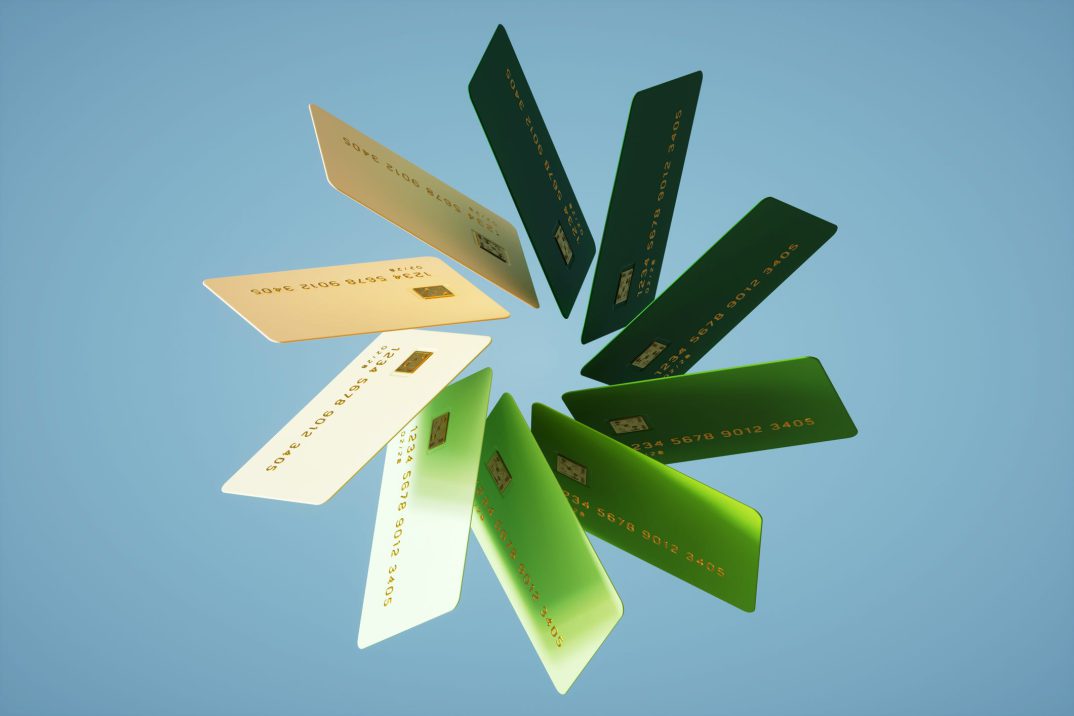The Chase Sapphire Reserve®️ isn’t living up to its potential for a lot of cardholders. At least, that’s what I’ve seen as a credit card expert who advises people on how to get the most out of their cards.
In fact, I’d say a significant percentage of Sapphire Reserve cardholders are using it wrong, and aren’t receiving all of the rewards and benefits they deserve.
When the Sapphire Reserve was first introduced, it took the credit card world by storm. Since then, it’s proved to be as powerful as it is popular. However, perhaps because it’s so widely used by those new to travel rewards, I’ve seen many cardholders fail to appreciate some of its most valuable features.
3 things you’re doing wrong with the Chase Sapphire Reserve
There are three ways that Sapphire Reserve cardholders can earn the most value from their card: earning rewards, redeeming rewards and maximizing benefits. However, these are the areas where cardholders tend to miss out.
1. You’re not booking through Chase Travel℠
The Sapphire Reserve is a premium travel rewards card, so it makes sense that most cardholders are frequent travelers.
However, many cardholders aren’t aware that Chase offers outstanding opportunities to earn bonus points when you book travel through the Chase Travel portal. While it doesn’t always make sense to book through Chase, you can earn 5x Ultimate Rewards points on airfare, and an astounding 10x on hotels.
2. You redeem all of your points through Chase Travel
Chase loves to advertise its travel site. It touts that cardholders can receive “50% more value” by redeeming their points through Chase Travel, and that there are “no blackout dates or restrictions.” While these claims are true, it’s still a bad idea to focus only on using Chase Travel when redeeming your points.
First, the claim that you’re receiving “50% more value” means that you receive 1.5 cents in value per point redeemed, which is 50% better than some other award options such as cash back and gift cards. But it doesn’t account for the possibility of receiving even more value when transferring your rewards to airline miles or hotel points (we’ll get to that a little later).
3. You skipped the guide to benefits
When you first received your Chase Sapphire Reserve, you also received plenty of paperwork, including the cardholder agreement and other legal documents. Buried in there was the guide to benefits, which lists all of the travel insurance and shopping protection policies offered to you.
While I’ll admit it isn’t exciting to read, you really want to take a few minutes to go through this, as it includes some incredibly valuable perks. And when you don’t know about these perks, you could miss out on reimbursements or pay extra to buy unnecessary travel insurance or extended warranties.
How to get more value from your Chase Sapphire Reserve
Now that you know what you’re doing wrong, here’s how to turn the situation around and start leveraging this powerful card.
To earn more rewards, make reservations through Chase Travel
When shopping around for airfare and hotels, always check Chase Travel. When you’re able to purchase airfare through Chase, you’ll receive 5x Ultimate Rewards points per dollar spent.
If each point when redeemed through Chase Travel is worth 1.5 cents, then you’re essentially earning a minimum of 7.5% back toward new travel booked through Chase, and potentially much more. When you book airfare through Chase, you’ll also be able to add your frequent flier number and earn miles from your trip. That’s why I tend to book my flights this way.
When you book hotels through Chase, you’ll earn an amazing 10x points per dollar spent, but you’ll usually be unable to earn hotel points. Still, the chance to earn rewards worth at least 15% — because again, each point is worth 1.5 cents when redeemed through Chase Travel — of your spending is likely better than the value of the hotel points you’d miss out on.
When you choose a hotel from Chase’s The Edit collection, you’ll receive additional perks including daily breakfast for two, room upgrade at check-in (if available), early check-in/late check-out (if available) and a $100 property credit toward dining, spa or other activities at the property.
Transfer points to travel partners to get more value when redeeming rewards
Instead of redeeming your Chase Ultimate Rewards points directly through Chase Travel, consider transferring your rewards to airline and hotel partners instead, where they could be worth more.
For example, you can transfer your Chase points to Hyatt at a 1:1 ratio, and it’s often possible to receive two or three cents per point when you redeem them.
When you transfer your points to airlines and redeem those rewards for international business class awards, you can also receive several cents in value per mile redeemed. For example, Iberia offers business class flights from Boston, New York or Washington to Madrid for just 34,000 Avios each way.
Currently, a business class flight from Boston to Madrid costs $2,853 to $4,219 for a nonstop flight. If you were to get a flight for 34,000 Avios, that means you’re getting 8.4 cents per point value at the low end and 12.4 cents at the high end.
Using Flying Blue miles, you can often book business class tickets to Europe for 50,000 to 67,500 on Air France, KLM, Delta and Virgin Atlantic. Air Canada can offer business class awards to Europe for 70,000 to 85,000 miles, round-trip on its own flight and on partners such as United, Lufthansa and Swiss. In the past I’ve seen as much as 5 cents per point redeemed when I’ve booked expensive business class flights this way.
Learn to use your Sapphire Reserve benefits
If you threw away your paper copy of the guide to benefits, don’t worry, you can easily find a copy online. Take a look at it now, before you need to use the benefits or purchase additional travel insurance.
For example, did you know that if you get sick or injured on a trip, there’s an emergency evacuation and transportation benefit that will pay up to $100,000 to transport you home? And if your car breaks down, you can receive a free tow of up to 5 miles, along with other minor services, up to four times a year.
You don’t even have to be traveling to use this benefit, as I’ve had my car towed after having a flat tire or mechanical breakdown around town.
Other high-value benefits include trip delay reimbursement, baggage delay insurance, and emergency medical and dental benefits.
The bottom line
With its $550 annual fee, the Chase Sapphire Reserve isn’t cheap. But its rewards and benefits are valuable enough to make it well worth its cost. By avoiding common mistakes and maximizing the features of this card, you can receive more value from using it.
The editorial content on this page is based solely on objective, independent assessments by our writers and is not influenced by advertising or partnerships. It has not been provided or commissioned by any third party. However, we may receive compensation when you click on links to products or services offered by our partners.




